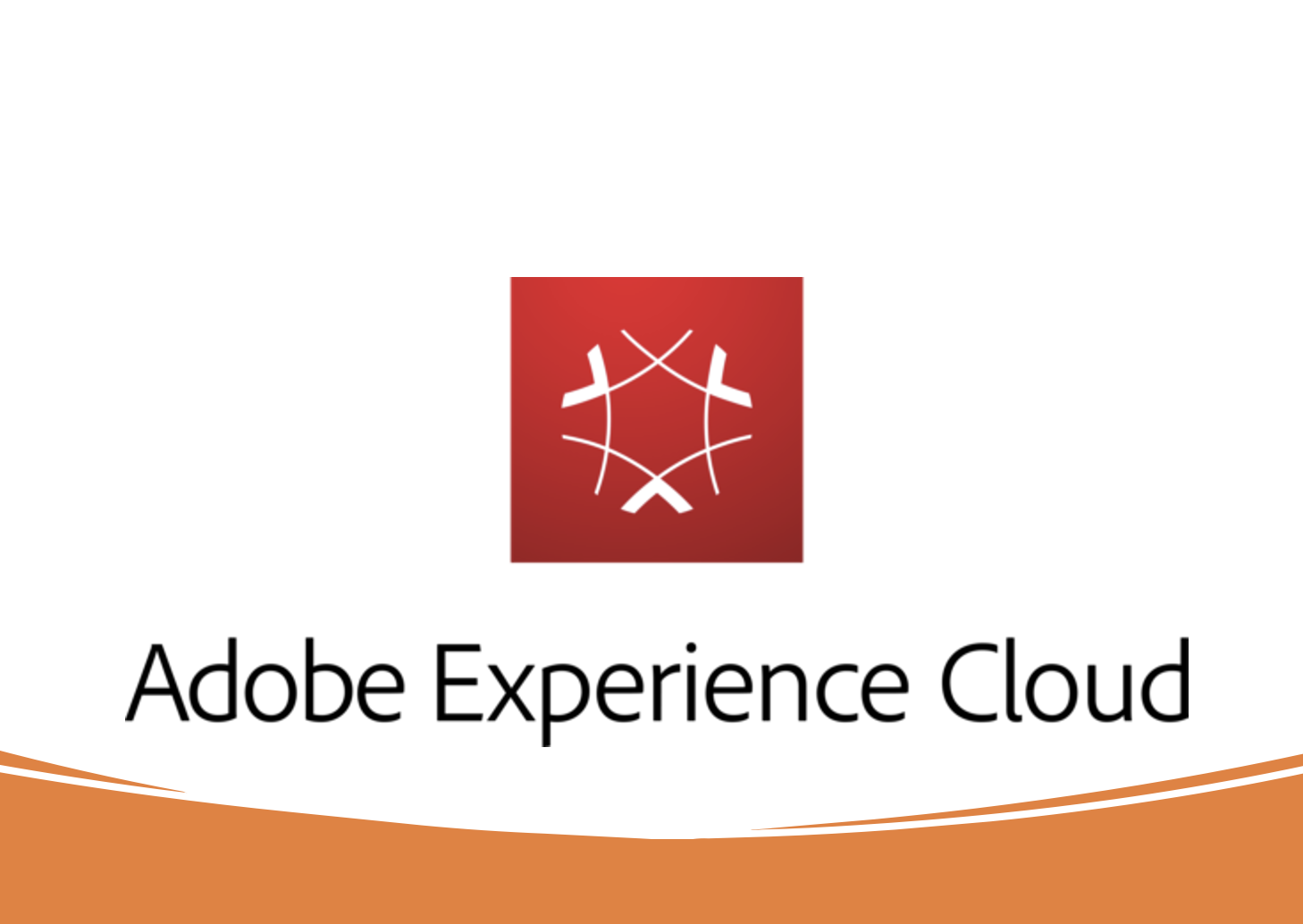
Understanding the Adobe Experience Cloud: An All-in-One Solution for Digital Experiences
Adobe Experience Cloud
2 September 2023
Understanding the Adobe Experience Cloud: An All-in-One Solution for Digital Experiences
The digital landscape has transformed drastically over the years. Modern businesses need more than just isolated tools; they require integrated solutions that can manage, analyze, and optimize the entire customer journey. Enter the Adobe Experience Cloud.
What is Adobe Experience Cloud?
Adobe Experience Cloud is a comprehensive suite of solutions designed for marketing, advertising, analytics, and commerce. It aims to provide businesses with everything they need to deliver compelling and consistent customer experiences across all touchpoints.
Components of Adobe Experience Cloud
- Adobe Experience Manager: A central hub for content management, designed to create, manage, and optimize content across different channels.
- Adobe Analytics: Dive deep into your data. Understand customer behaviors, monitor engagement, and extract valuable insights to recalibrate your strategies.
- Adobe Target: In the age of personalization, Adobe Target facilitates real-time content customization, ensuring every user finds relevancy and engagement.
- Adobe Campaign: Centralize your marketing strategies. From emails to social campaigns, streamline and automate for impactful outreach.
- Adobe Audience Manager: A powerful Data Management Platform (DMP) that collates data from diverse sources, forming a comprehensive customer profile for targeted engagements.
- Adobe Commerce (Magento): Elevate e-commerce. Offer a seamless shopping experience from discovery to checkout, ensuring every customer interaction is memorable.
- Adobe Experience Platform: The essence of AEC, this platform integrates all tools harmoniously and welcomes third-party integrations, ensuring adaptability in every scenario.
- Adobe Realtime CDP: Understand your customers in real-time with the Customer Data Platform, ensuring timely and relevant interactions.
- Adobe Journey Optimizer: Craft impeccable customer journeys, ensuring each touchpoint is optimized for engagement and conversion.
- Adobe Customer Journey Analytics: Delve into the nuances of your customer’s journey, understanding pain points and opportunities for better engagement.
- Adobe Marketo Engage: Engage leads and convert with ease. Its automation tools ensure a seamless transition of prospects to loyal customers.
- Adobe Workfront: Streamline workflows, enhance collaboration, and ensure projects are completed timely and efficiently.
Key Benefits
- Unified Customer Profiles: Bring together data from all sources to create a holistic view of your customers.
- Personalization at Scale: Deliver tailored experiences to millions of users without missing a beat.
- AI and Machine Learning: Adobe Sensei, the platform’s AI and machine learning framework, powers intelligent features throughout the Experience Cloud.
- Cross-Channel Orchestration: Ensure consistent messaging and branding across all channels and touchpoints.
- Real-Time Analytics: Make informed decisions with real-time data and advanced analytics capabilities.
Is Adobe Experience Cloud Right for You?
While Adobe Experience Cloud offers a powerful set of tools, it’s particularly beneficial for medium to large enterprises with complex digital landscapes. It’s ideal for businesses that:
- Operate across multiple channels
- Require extensive personalization and A/B testing
- Want a unified solution for advertising, analytics, and content
- Are looking for scalability and integration capabilities
Conclusion
In today’s dynamic digital world, businesses need integrated solutions to stay ahead. Adobe Experience Cloud offers a unified platform to manage, deliver, and optimize customer experiences. Whether you’re an e-commerce giant, a media house, or a B2B enterprise, Adobe’s suite can elevate your digital strategy to new heights.
